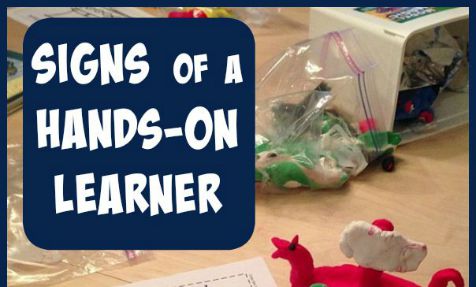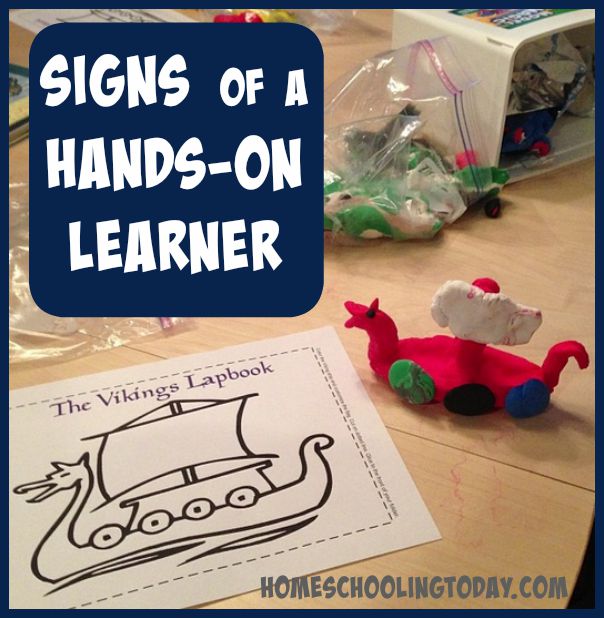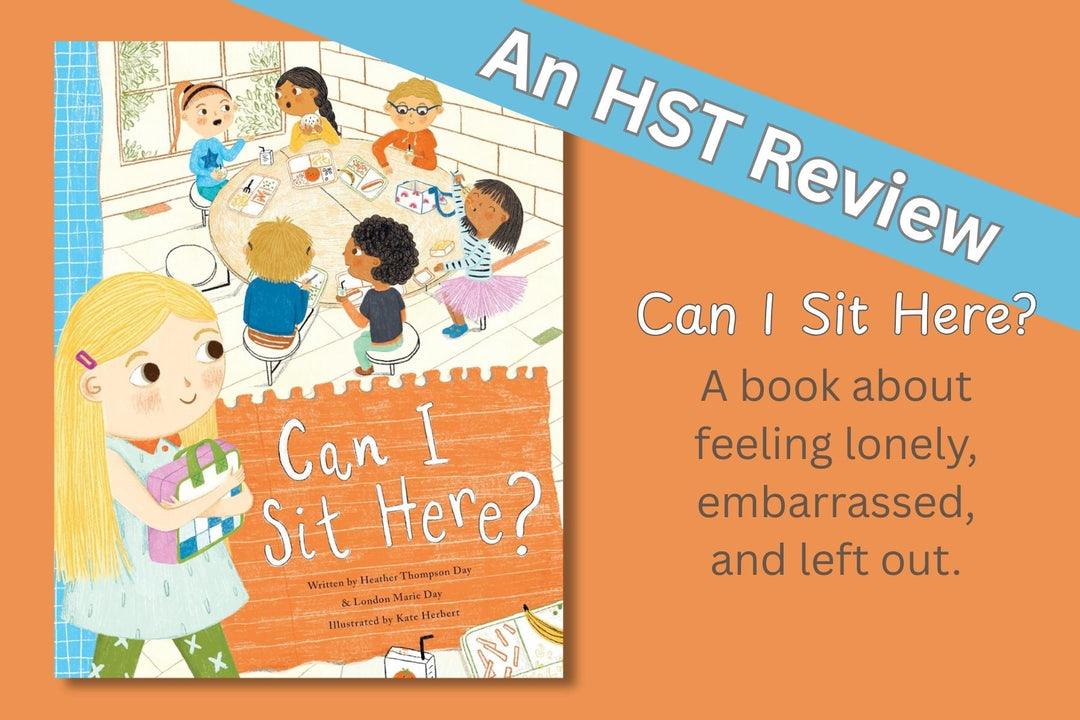Signs Of A Hands-On Learner

Welcome to the Hands-On Learning series by Stef Layton, where she answers questions she's received about tactile learners. Do you have a hands-on learner? These posts will give you great insight, advice, and practical application tips. Enjoy!
Rachel asked, "Were there any signs early on in your homeschooling that clued you in that your boys were more tactile learners?"
I wish I could pat myself on the back and tell you I noticed my son was highly tactile right out of the womb when he shook his tiny fists at us. But the truth - I did not notice. I was not "tuned" into love languages or learning styles when we started homeschooling. I was out of my comfort zone and in survival mode.
Once I overcame my fear of failing as a homeschool mom I started to notice my son. I became interested in how he learned and how he felt loved. Zan Tyler's book, 7 Tools for Cultivating Your Child's Potential, really opened my eyes to him.













